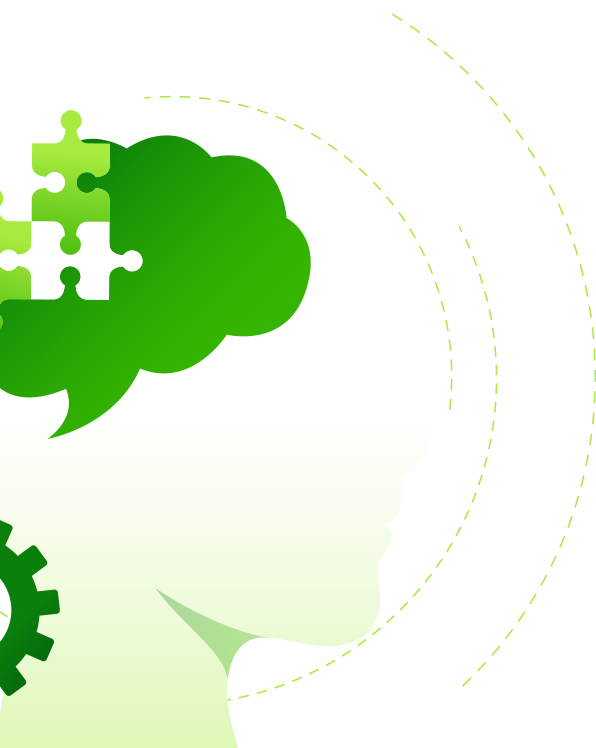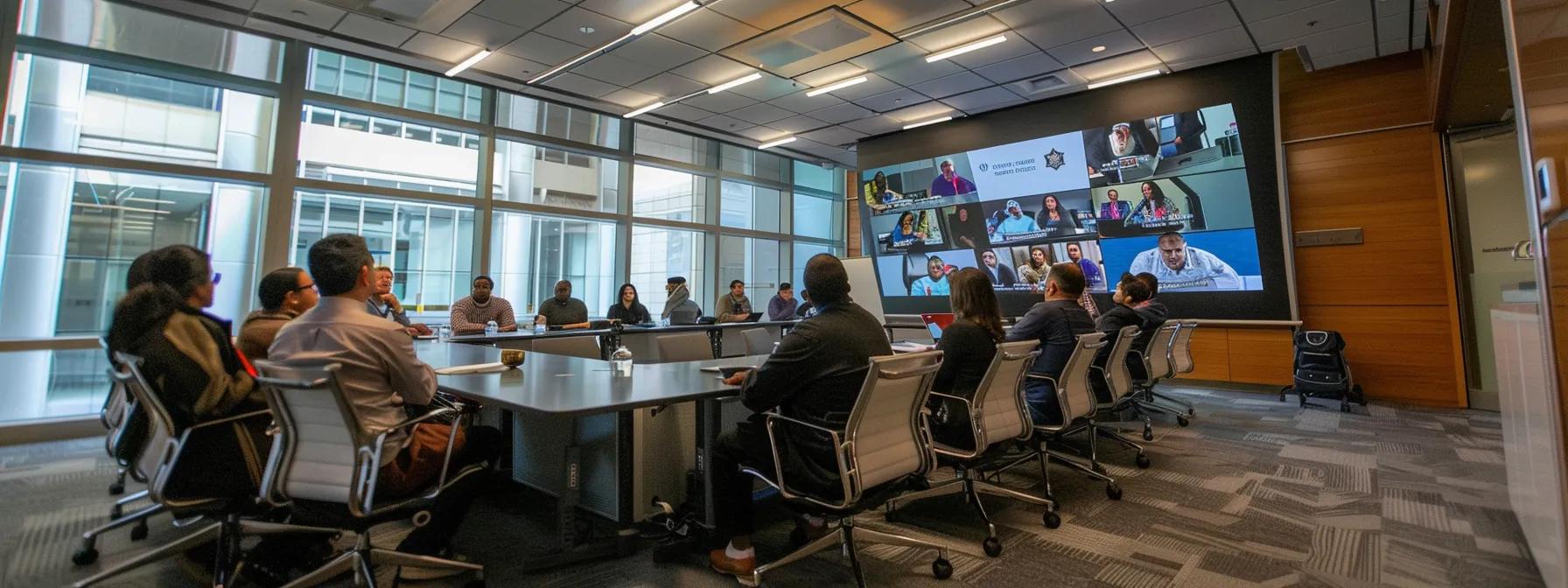
May 20, 2025
Employee Motivation Training: Fueling Productivity and Workplace Morale
Employee motivation training equips teams with the skills, mindset, and tools needed to boost engagement, productivity, and retention. By weaving targeted learning paths into organizational strategy, companies can reduce turnover by as much as 24% (Gallup, 2021) and increase revenue per employee by 23% (Harvard Business Review, 2022). This article explores six critical questions about designing, aligning, and scaling employee motivation training programs, illustrating best practices, implementation strategies, and measurable outcomes through lists, tables, and research-backed insights.
Key Takeaways
- Motivation training boosts productivity by over 20% and reduces turnover by around 24%.
- Aligning training objectives with corporate KPIs ensures clear impact on strategic goals.
- Customized programs leverage persona-based modules, microlearning, and mentoring for sustained engagement.
- Continuous improvement and leadership culture require feedback loops, recognition rituals, and rotational assignments.
- Agile consulting and innovative technologies like AI and VR future-proof leadership development initiatives.
What is the role of employee motivation training in workplace success?
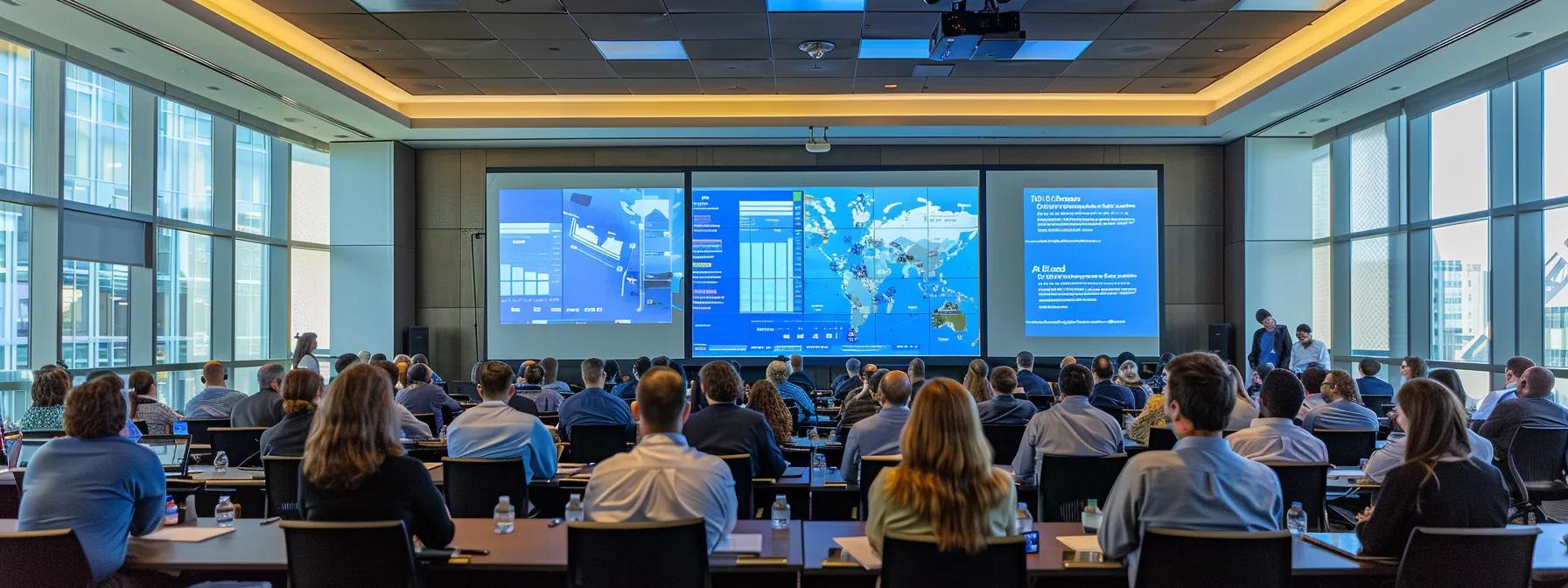
Employee motivation training drives workplace success by enhancing engagement, reducing turnover, and improving better well being and performance metrics by double digits within six months. According to a 2021 Gallup meta-analysis of 230 organizations, companies that implement structured motivation programs and our core leadership workshops see a 22% productivity gain and a 24% reduction in voluntary attrition. By focusing on goal-setting techniques, recognition systems, **assessments**, and personal development paths, motivation training ensures that the team understands how their role contributes to broader business objectives, thereby linking daily tasks to organizational vision and fostering sustained success. Additionally, integrating key services enhances the overall effectiveness of these programs.
Term:
Building on engagement improvements, motivation training, one of our core leadership workshops, also supports leadership pipelines. A Harvard Business Review study in 2022 found that 68% of high-potential employees cite consistent training and feedback as key services retention factors. This underscores how motivation training not only impacts individual performance but also equips emerging leaders with psychological and behavioral assessments needed to carry the organization forward, promoting better well being.
How can training objectives be aligned with company goals?
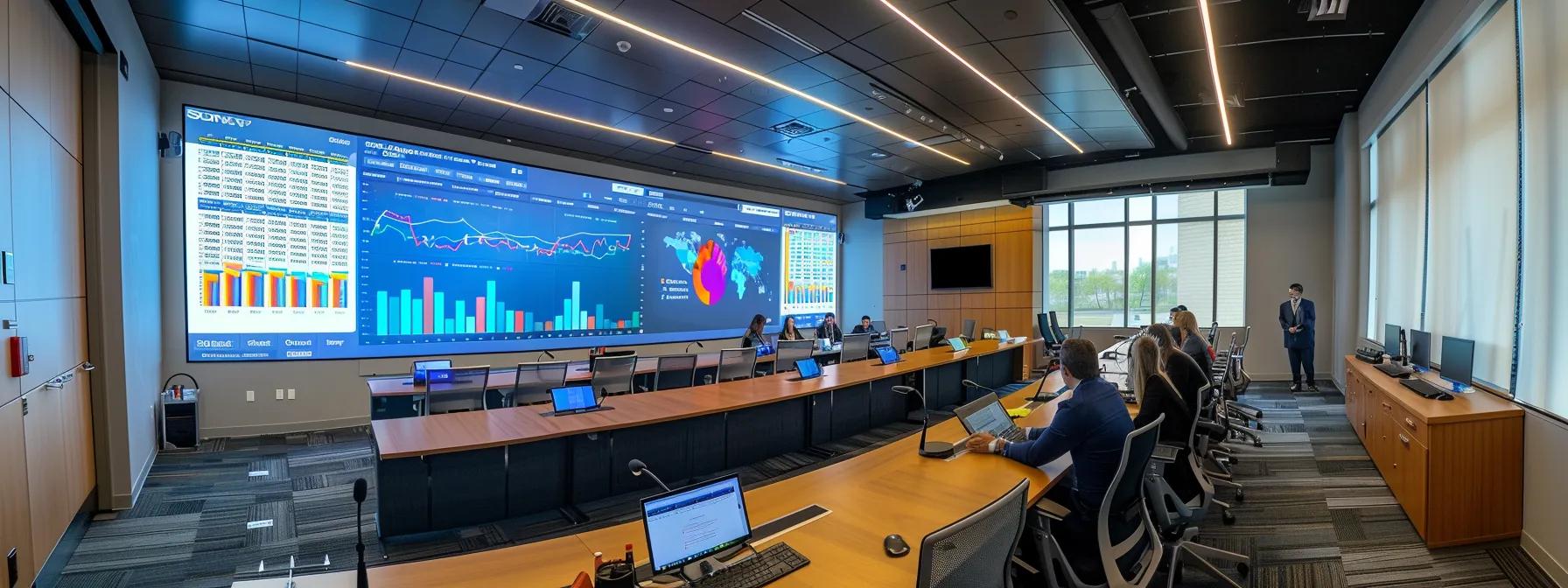
Training objectives are aligned with company goals by mapping each learning outcome directly to measurable business metrics such as revenue growth, customer satisfaction, or product quality targets. This alignment starts with a needs assessment that identifies strategic priorities—whether improving customer NPS by 10 points or reducing production defects by 15%. Once prioritized, each training objective is phrased in SMART terms (Specific, Measurable, Achievable, Relevant, Time-bound) and tied to KPIs that stakeholders track monthly, including our core leadership workshops and key services that promote better well being. Our team conducts regular assessments to ensure continuous improvement.
Aligning objectives requires a structured approach, as illustrated in the following list of key steps:
- Conduct strategic needs analysis linking departmental goals to organizational vision
- Frame training objectives using SMART criteria to ensure clarity and measurability
- Engage leadership in co-creating learning outcomes that drive key KPIs
- Integrate training metrics into performance dashboards for continuous monitoring
- Review and iterate objectives quarterly based on performance data and feedback
By following these steps, companies embed training within their business cadence, ensuring that every learning module, such as our core leadership workshops and assessments, propels them closer to overarching strategic targets and reinforces a culture of accountability. Our key services support better well being, fostering a strong team committed to excellence.
To further illustrate this alignment, the table below maps common training objectives to corporate goals and associated KPIs.
Mapping Training Objectives to Corporate Goals and KPIs
| Training Objective | Corporate Goal | Key Performance Indicator | Target Value |
|---|---|---|---|
| Improve customer service communication | Enhance customer satisfaction | Net Promoter Score (NPS) | +10 points |
| Develop time-management skills | Increase operational efficiency | Average project completion time | -15% |
| Strengthen leadership decision-making | Grow leadership bench strength | Internal promotion rate | +20% |
| Foster cross-functional collaboration | Accelerate product development cycles | Time-to-market (weeks) | -12% |
This table demonstrates how precise mapping between learning outcomes and business metrics creates a transparent link between employee development and the team’s better well being, enabling continuous refinement of both key services, our core leadership workshops, and strategic initiatives through assessments.
How is a customized employee motivation training program designed?
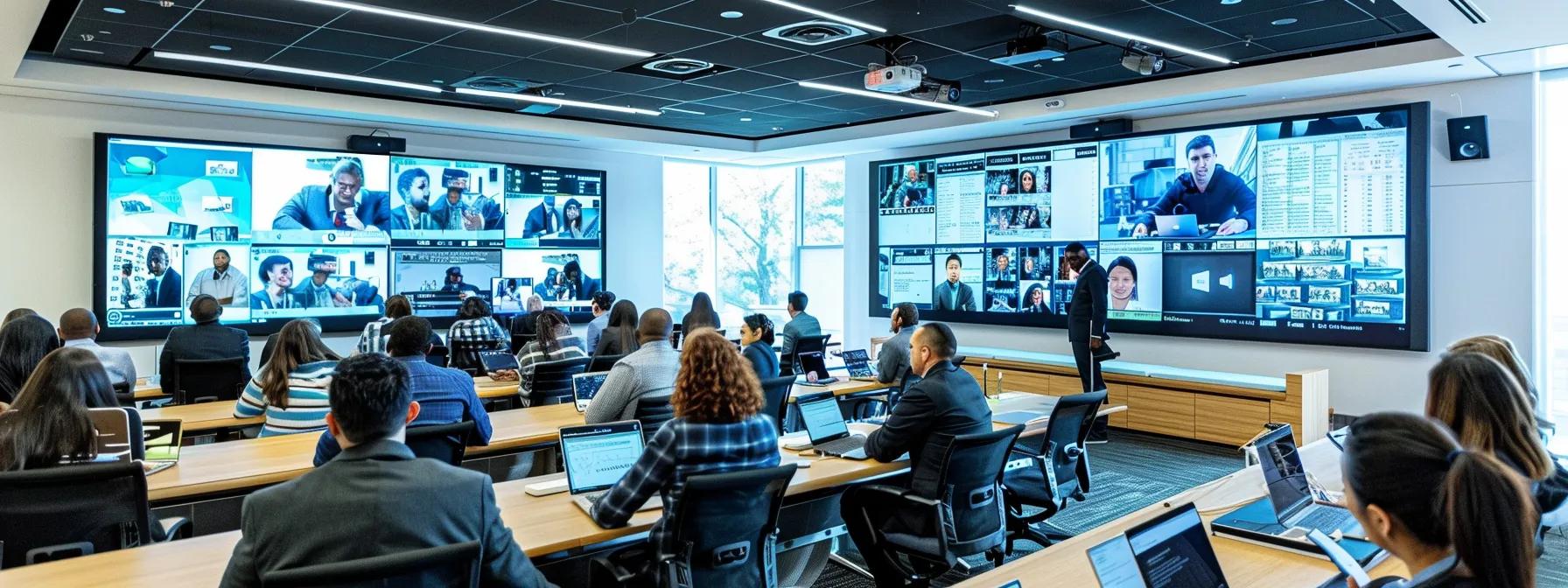
A customized employee motivation training program is designed by conducting stakeholder interviews, analyzing role-specific requirements, and incorporating adaptive learning pathways that reflect each employee’s career stage and aspirations. The design process begins with persona development—defining learner profiles based on factors such as tenure, department, and performance level assessments. This allows the team instructional designers to tailor content modules, blending microlearning segments on recognition frameworks with our core leadership workshops on intrinsic motivators like autonomy, better well being, and mastery.
The program’s modular architecture comprises the following components:
- Baseline assessment using engagement surveys and performance diagnostics
- Core curriculum on motivation theory, positive feedback mechanisms, and goal-setting techniques
- Role-specific deep-dive sessions addressing unique departmental challenges
- Peer coaching circles and mentoring pods for social reinforcement
- Digital follow-up modules with AI-driven personalization and progress tracking
These components, including our core leadership workshops and key services such as EJC moving services, are woven into a multi-phase rollout—kickoff workshop, e-learning series, and reinforcement sprints—to maintain momentum and adapt content based on real-time feedback from learners and managers via assessments. This iterative approach ensures better well being, the program remains relevant, scalable, and tightly integrated with evolving business priorities and the team.
How can a culture focused on continuous improvement and leadership be fostered?

A culture of continuous improvement and leadership is fostered by embedding feedback loops, cross-functional ownership, and transparent recognition systems into daily workflows, promoting better well being and supporting the team. Continuous improvement begins with creating safe channels for employees to surface ideas—such as biweekly Kaizen huddles or digital suggestion platforms that feed directly into action plans. Leadership development is advanced through key services such as rotational assignments and stretch projects, incorporating our core leadership workshops, enabling high-potential staff to practice decision-making in real contexts with regular assessments.
Key enablers of such a culture include:
- Regular retrospectives to capture lessons learned and share best practices
- Visible executive sponsorship of improvement initiatives
- Digital dashboards displaying ongoing project metrics and milestones
- Structured recognition rituals, such as peer-nominated awards and public shout-outs
- Leadership apprenticeships pairing emerging leaders with seasoned executives
This sustained focus on feedback, ownership, and recognition transforms single training events into a living ecosystem where continuous learning and our core leadership workshops, assessments, and better well being become ingrained behaviors rather than one-off activities. Our key services support this transformation by engaging the team effectively.
The following table contrasts cultural practices and their impact on motivation and performance metrics.
Impact of Cultural Practices on Motivation and Performance
| Practice | Behavioral Outcome | Performance Metric | Observed Change |
|---|---|---|---|
| Weekly improvement huddles | Increased idea submissions | Employee suggestions per quarter | +35% |
| Public recognition ceremonies | Enhanced sense of appreciation | Engagement survey scores | +12 points |
| Rotational leadership assignments | Broader leadership skillsets | Internal promotion rate | +18% |
By implementing these practices, organizations witness measurable uplifts in engagement and a growing pipeline of leaders ready to take on critical roles.
How can organizational agility consulting be applied to training strategies?
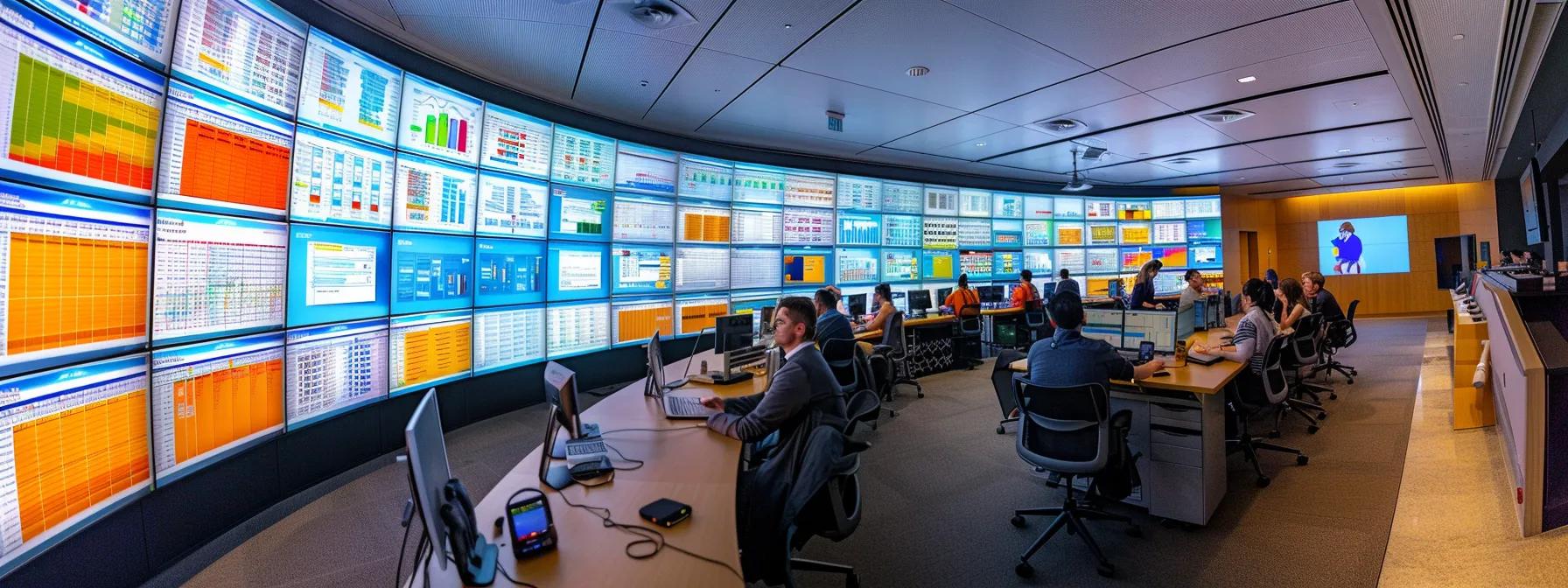
Organizational agility consulting is applied to training strategies as part of our key services by integrating Lean-Agile principles such as iterative delivery, cross-functional collaboration, and adaptive planning into the design and execution of learning programs and our core leadership workshops. Consultants, the team, begin with value-stream mapping to identify bottlenecks in knowledge transfer, then co-create assessments that identify and implement Minimum Viable Curriculum (MVC) pilots that deliver rapid feedback loops. This agile approach ensures that learning modules evolve in sync with shifting market demands and internal process changes, contributing to better well being within the organization. Learn more about us on the about-us page.
Core agile integration methods include:
- Sprint-based content development cycles with stakeholder reviews
- Kanban boards for tracking learner progress and bottlenecks
- Scaled Agile Framework (SAFe) ceremonies such as planning, review, and retrospective
- DevOps-style continuous improvement of digital learning assets
- Cross-functional “guilds” where subject-matter experts and learners co-author modules
Applying these key services accelerates time-to-competency by up to 30% (PMI, 2023) and fosters a culture where training itself is subject to continuous refinement through our core leadership workshops and regular assessments, contributing to better well being, rather than static annual rollouts.
How can innovative workplace leadership solutions drive future training initiatives?

Innovative workplace leadership solutions drive future training initiatives by leveraging AI-powered personalization, VR simulations, and data analytics to tailor learning paths to each individual’s unique skills, career goals, and engagement patterns. Platforms like generative ai coaches can provide real-time feedback on leadership challenges through our core leadership workshops and key services, while VR role-plays immerse learners in complex scenarios such as conflict resolution or crisis management. assessments and data dashboards then track learner progress, sentiment, and retention rates to continuously optimize content delivery for better well being. Learn more about the team behind these initiatives on our about-us page.
Term:
Examples of forward-looking leadership solutions include:
- AI-driven skill gap analysis recommending micro-courses based on performance data
- VR simulations for high-stakes decision environments with replay analysis
- Peer-benchmarking platforms that surface best practices across global teams
- Adaptive learning engines that adjust difficulty and topic focus in real time
- Mobile-first gamified challenges reinforcing soft skills through social competition
By embedding these technologies, organizations ensure that leadership training not only keeps pace with digital transformation but also delivers highly engaging, scalable, and data-driven learning experiences through our key services, core leadership workshops, and assessments that future-proof their talent pipelines, ultimately contributing to better well being.
What metrics indicate training‐driven motivation gains?
Look for increased engagement scores, higher productivity rates, and reduced turnover percentages.
How often should training objectives be reviewed?
Review objectives quarterly to adjust based on performance data and changing business priorities.
What role do managers play in motivation training?
Managers reinforce learning through coaching, feedback sessions, and recognition rituals aligned with training content.
Can remote teams benefit from motivation training?
Yes. Digital modules and virtual workshops ensure remote teams receive the same engagement and leadership development.
How does AI improve leadership training?
AI personalizes learning paths, analyzes skill gaps in real time, and delivers targeted micro-learning recommendations.
Employee motivation training is a strategic lever that transforms engagement into measurable performance gains, with studies showing productivity uplifts of over 20% and significant turnover reduction. By aligning objectives with corporate goals, customizing programs, and fostering a continuous improvement culture, organizations create sustainable competitive advantage. Integrating agility consulting and innovative leadership solutions ensures training adapts as markets evolve, building future-ready talent. This holistic approach not only fuels productivity but also cultivates a workplace culture where motivation and excellence thrive.
